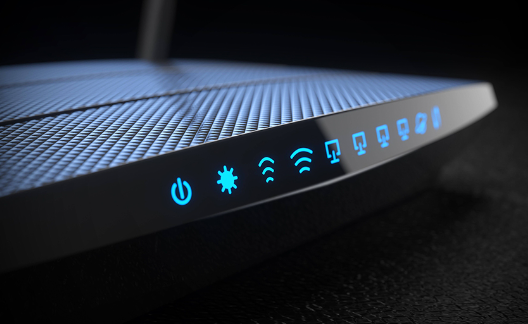Why It’s Important to Update Router Firmware

Updating your router’s firmware is essential for keeping your home network secure, stable, and performing at its best. Much like the operating systems on smartphones or computers, firmware updates for routers introduce critical improvements such as bug fixes, new features, and security patches. Ignoring these updates can lead to performance issues, increased vulnerability to cyberattacks, and device compatibility problems. Below, we explain the key benefits of updating your router firmware and why it should be part of your regular maintenance routine.
Benefits of Regular Router Firmware Updates
Updating your router firmware offers numerous advantages that enhance both network performance and security. Let’s explore these benefits in more detail.
1. Improve Network Security
Firmware updates are crucial for patching vulnerabilities that hackers may exploit. Routers with outdated firmware are prime targets for cybercriminals who use known security flaws to gain access to your network. Manufacturers regularly release updates to address these issues, keeping your router secure against emerging threats. With regular updates, you can stay ahead of cyberattacks and protect your sensitive data from unauthorized access.
2. Fix Software Bugs and Performance Issues
Firmware updates often come with bug fixes that resolve annoying issues like dropped connections, slow speeds, or routers randomly rebooting. As routers run continuously, they may develop glitches over time, leading to unstable network performance. If your network experiences frequent slowdowns or sudden disconnects, it may indicate that the firmware needs an update. By keeping the software up to date, you can minimize interruptions and enjoy a more consistent online experience, especially during peak usage hours.
3. Unlock New Features
Manufacturers often add new features and capabilities to routers through firmware updates. These improvements may include advanced parental controls, enhanced Quality of Service (QoS) settings, or support for new security protocols. For example, updates might introduce WPA3 encryption, which offers stronger protection for Wi-Fi networks. So updating your firmware ensures that your router stays up to date with the latest tools and technologies, giving you more control over your network.
4. Ensure Compatibility with New Devices
As new technologies emerge, routers must remain compatible with modern devices such as smartphones, tablets, and smart home products. Firmware updates ensure that your router can communicate seamlessly with these devices and support the latest networking standards, such as Wi-Fi 6. Without regular updates, your router may struggle to connect to newer devices or experience performance issues when handling large data loads.
5. Improve Network Stability and Speed
Firmware updates not only resolve software bugs but also optimize network performance by fine-tuning how the router manages traffic. Many updates improve signal strength, minimize interference, and prevent bandwidth congestion, resulting in a more stable and faster connection. If you rely on multiple connected devices—like smart TVs, gaming consoles, and laptops—having up-to-date firmware ensures that your router can distribute bandwidth effectively.

6. Protect Against Malware and Threats
Routers are often the first point of entry for malware attacks, especially those that target outdated firmware. Cybercriminals can exploit weaknesses to install malicious software or turn your router into part of a botnet, compromising your network and personal data. Firmware updates include the latest security patches to protect your router from known threats. Regularly updating your router reduces the risk of infections and ensures that even new malware variants cannot penetrate your network.
Conclusion
Keeping your router’s firmware up to date is essential for security, performance, and long-term compatibility. By regularly accessing your router’s admin interface via 192 168 1 1, you can check for firmware updates and install them to patch vulnerabilities, unlock new features, and optimize network performance. With routine firmware updates, you ensure a fast, stable, and secure network experience for all connected devices.



